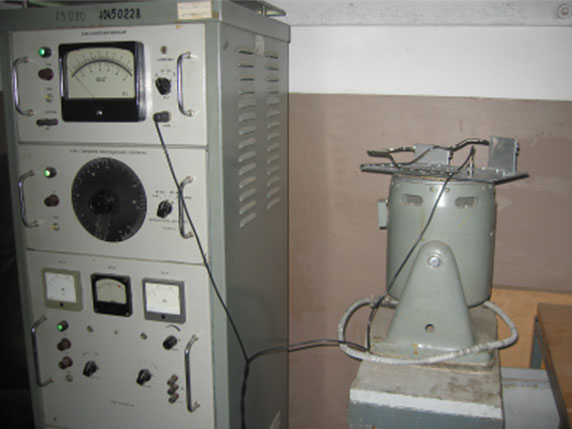Heat transfer physical process at miniaturization an evaporation-condensing thermal stabilization systems
New complex mathematical model of heat transfer processes in conditions of evaporation-condensation systems (miniature heat pipes, thermosyphons and pulsating heat pipes) inner space decreasing was developed. Criterial relation for evaluation of miniature heat pipes heat transfer ability was obtained as a result of differential equations system and conditions of uniqueness analysis. Significant change of vapor flow regimes was shown based on theoretical investigation of vapor flow hydraulic characteristics in miniature heat pipes at commensurate capillary structure thickness and vapor space diameter. It was shown that transition from laminar to turbulent flow regime occurs at reduced Reynolds number. Influence of layer displacement thickness, vapor space diameter and capillary structure thickness on heat transfer in heating zone of miniature heat pipes was determined. New data on hydraulic characteristics of processes which take place at period of heat transfer between heating and condensation zones were obtained as a result of visualization investigations of thermosyphons and pulsating heat pipes with different heat carriers (common heat carriers and nanofluids). Provided life tests of miniature thermosyphons and heat pipes were shown the ability of these devices to work in difficult temperature conditions. New dependencies between heat transfer coefficients in heat transfer zones and heat flux were obtained as a result of heat transfer characteristics of miniature heat pipes, thermosyphons and pulsating heat pipes researches. Criterial relations for evaluation of heat transfer intensity in heating zones of miniature heat pipes and thermosyphons were determined. Methods of miniature heat pipes developing and recommendation of modern cooling systems with high heat transfer characteristics creation was presented.

| Долучення | Розмір |
|---|---|
| 288.11 КБ |




